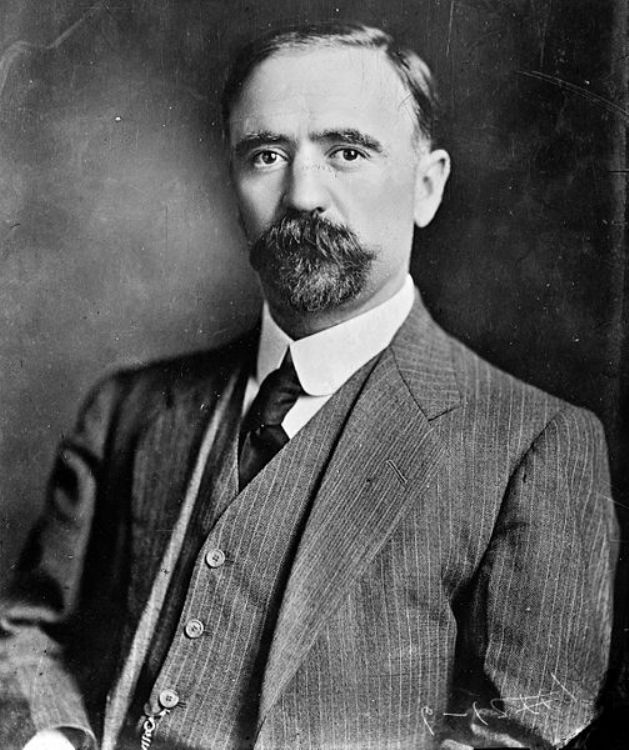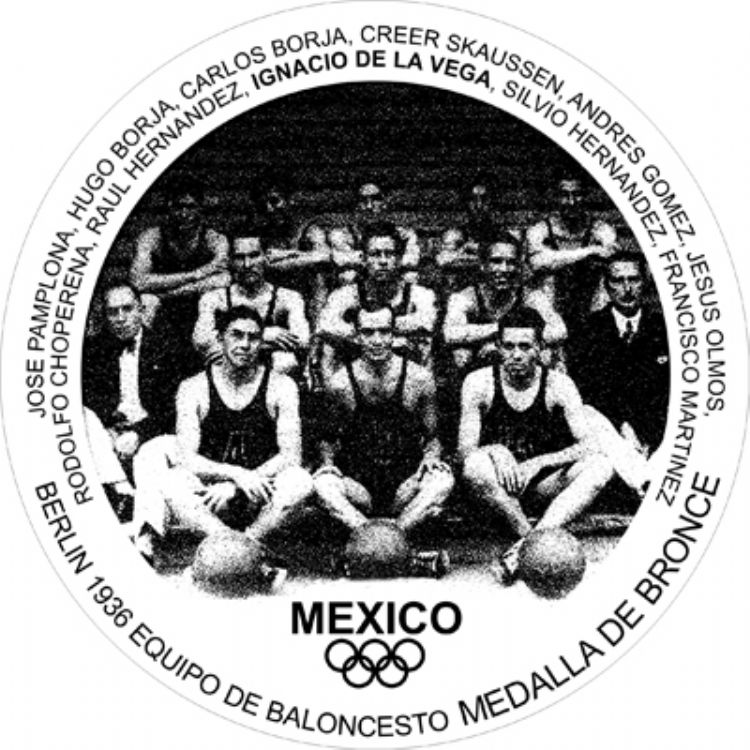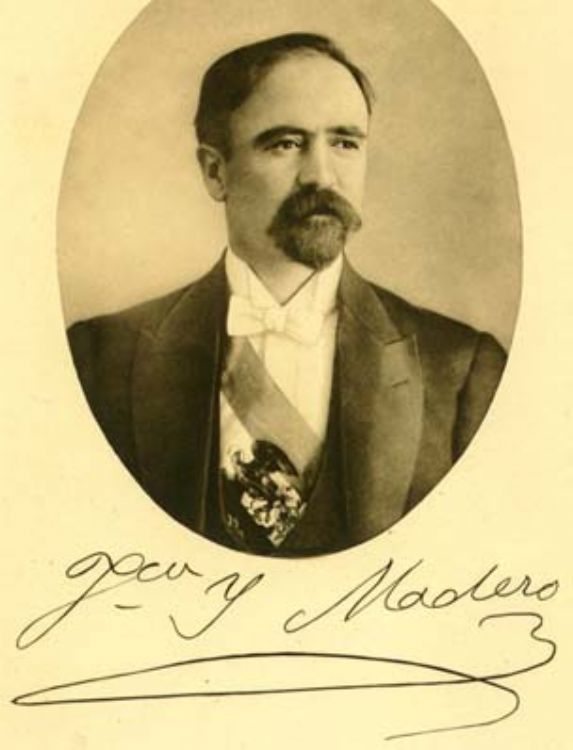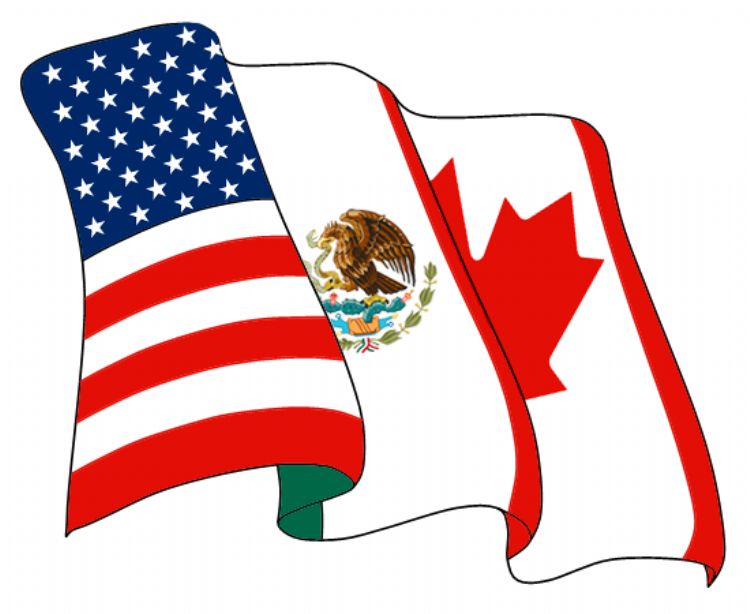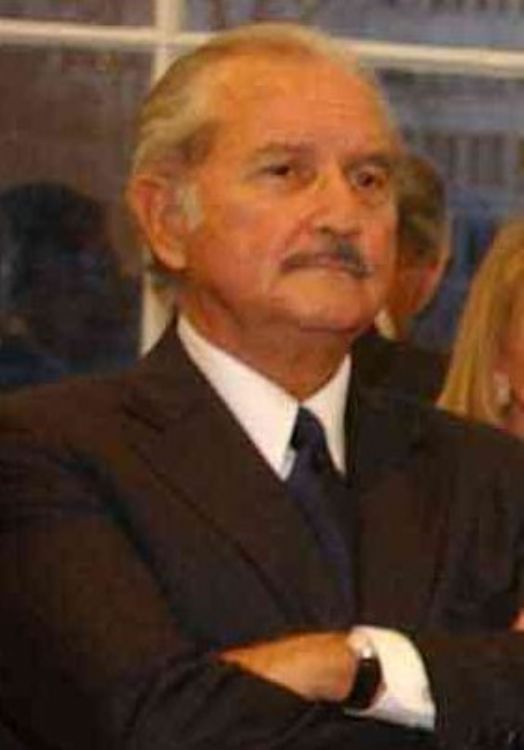Frida Kahlo
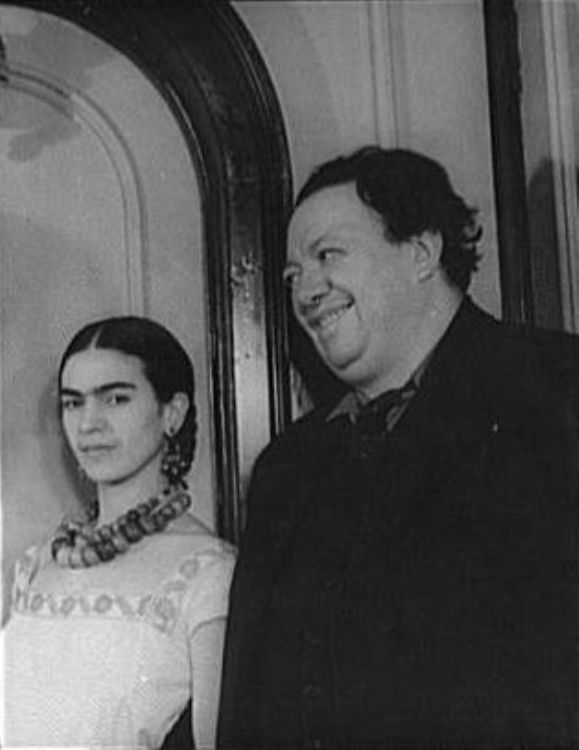
Magdalena Carmen Frida Kahlo Calderón is the full name of the person we know as Frida Kahlo. She was born in 1907 in Coyoacán. Frida from an early age had a difficult life characterized by physical limitations, when she was six years old became ill with poliomyelitis. Carrying on with the damage left by the disease, she seemed to not have any further problems, and in High School had shown enthusiasm and leadership to a group of classmates she influenced. But that enthusiasm was shadowed by the accident that marked her life; the streetcar she was traveling in had a collision, she received a brutal impact that went through her spine and pelvis.
The confinement because of the accident motivated her to paint; her recovery was slow and painful. Although Frida had started to explore her pain and vision of the world even before the accident. From 1925 is her painting âNaturaleza Muertaâ (Dead Nature), in 1926 she painted âAutorretrato con Traje de Terciopeloâ (Self-Portrait with Velvet Suit), in 1927 two of her productions stand out, âLa Adelitaâ, âPancho Villa y Fridaâ, as well as âSi Adelitaâ, painting that has also been recognized with the title âLos Cachuchasâ, in reference to a group of students that were part of the Escuela Preparatoria. These first works identify in Frida the interest for a lively environment, in which she desires to participate. Self-portraits and portraits of friends and people close to her are frequent, like the one she made for Miguel N. Lira, a writer of the schoolâs political group, as well as her sister Adriana, both from 1927. In 1928 she dedicated a painting to her boyfriend Alejandro Gómez Arias, a style she would continue throughout her life, including her family members and friends like Lupe Marín.
The 1929 production was vast; she had already met Diego Rivera in the halls of the Ministry of Public Education, marrying him that same year. From that time the work âEl Camiónâ stands out, where one can see an influence from her husbandâs style, since she starts making references to the social classes; workers, mothers, women who work.
She continued producing self-portraits and portraits of friends, as well as works with individual characters: âRetrato de una mujer de Blancoâ (Portrait of a woman in white), âAutorretratoâ (Self-Portrait), both from 1930; âAparador en una Calle de Detroitâ (Shop Window in a Detroit Streetâ, âFrida y Diego Riveraâ, âRetrato de Leo Eloesserâ (Portrait of Leo Eloesser), from 1931.
The marriage Rivera â Kahlo had a defined passion for painting and social struggles, however, Fridaâs work was clearly different from her husbandâs for her introspection and abstraction. Diegoâs topics were completely oriented towards the vindication of the popular classes. Frida after her accident and an abortion she suffered in the United States that obligated her to rest started the introspection line that defines her. Frida Kahlo offers work with various important elements; the icons of the Mexican culture the way she appropriated those icons such as the tehuana dresses, and the interaction with such figures in her paintings, also symbolic, as the monkeys; besides the view of pain and death in a fantastic world.
In 1932 her immersion in that pain is undisputable, paintings like âHenry Ford Hospitalâ and âMi Nacimientoâ (My Birth), lead the way for what would later be not only the predominant theme in her creations, but also the symbolic handling of her reality through the objects that surround her: hospital beds and orthopedic devices, although the exterior world is also evoked in her paintings.
Frida painted herself, she appears as herself and is depicted in the long medical treatments, as shown by âUnos cuantos piquetitosâ (Just a few pricks), from 1935. However, she doesnât lose the vision that identifies her popular attachment and her identification with nationalist symbols; she is frequently seen in her self-portraits wearing traditional outfits, like the one from 1937 dedicated to Leon Trotsky, and from that same year, âEl Difuntito Dimasâ (The Dead Dimas), alternating the colors and themes of her multiple surgical interventions, the body became the central topic, an exploration of herself, a self-designation taken to the extreme in contrast with the constant reinvention to continue living: âCuando te tengo a ti Vida, Cuanto te Quieroâ (When I have you Life, How I Love You), from 1938 offers that posture. âLas Dos Fridasâ (The Two Fridas) from 1939, investigates that same duality.
Representative of her last years are the works âAutorretrato con Pelo Cortoâ (Self-Portrait with Short Hair), âAutorretrato con Collar de Espinasâ (Self-Portrait with Thorn Necklace), âLa Mesa Heridaâ (The Wounded Table), all from 1940, âDiego en mi Pensamientoâ (Diego in my Thoughts), 1943; âPensando en la Muerteâ (Thinking about Death) from 1943; âDiego y Frida 1929 â 1944â, âLa Columna Rotaâ (The Broken Spine), from 1944; âSin Esperanzaâ (Without Hope), 1945; âEl Venadito Heridoâ (The Wounded Little Deer), âÁrbol de la Esperanza Mantente Firmeâ (Tree of Hope Stay Firm), both from 1946.
Despite her prolific work she only had three exhibits, in New York, Paris and Mexico, with her illness severely advanced. In 1939, Frida and Diego signed their divorce, although it was only symbolic, since soon after they united again. The physical vulnerability she suffered in her legs led to amputating one of them after a gangrene infection, from then on she weakened until her death on the 13th of July, 1954.
Click on the PLAY button to watch the video
Artículo Producido por el Equipo Editorial Explorando México.
Copyright Explorando México, Todos los Derechos Reservados.
Fotografía tomada de Wikipedia.Org Ver Autor y Licencia

